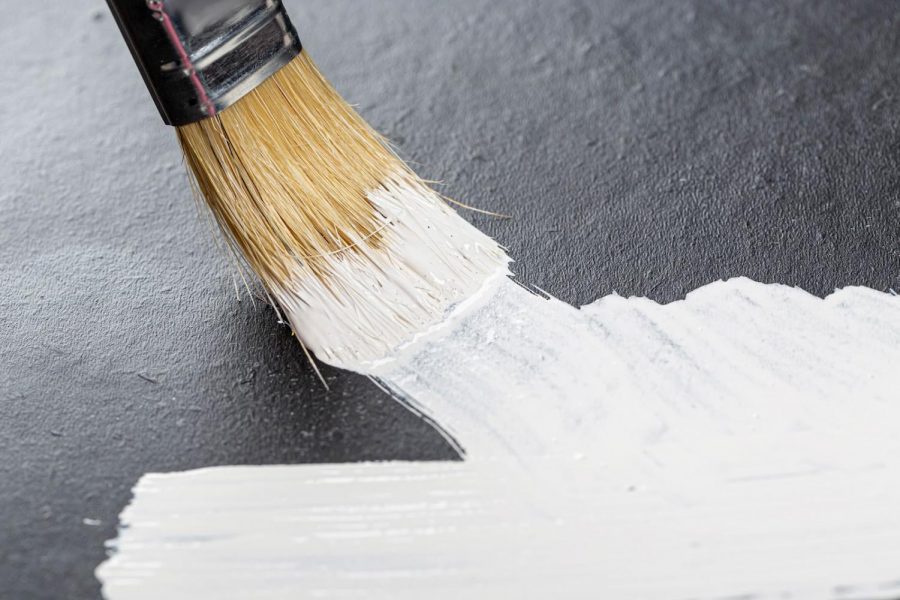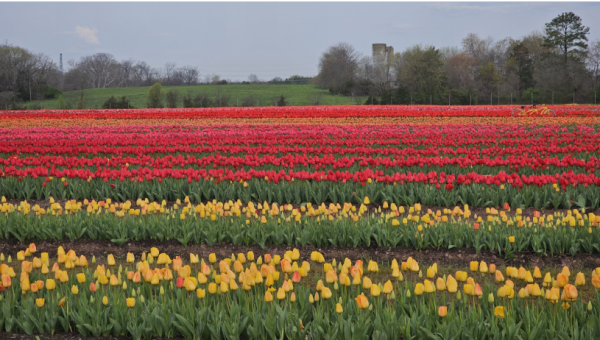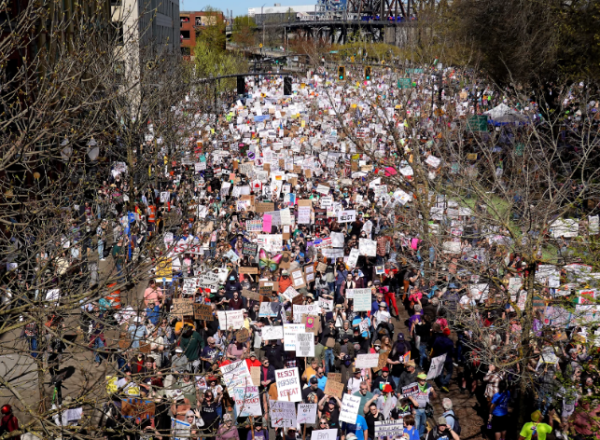Our New Weapon Against Global Warming
The world’s whitest paint has finally been engineered by Purdue University experts as of October 2020. After six years, the team of researchers’ goal was to create a paint so white and reflective that it could cool the surface it’s on and the planet in the process.
Commercial white paint is used all over the world as the color white absorbs the least amount of heat. In general, white paint reflects around 80-90% of light.
Barium Sulfate is the main component in the new paint formula, engineered by Perdue mechanical engineer Xuilin Ruan.When processed, it’s a safe and environmentally friendly, very white powder. It can be found in various photography products and cosmetics. The material consists of different particle sizes, which allows it to refract a much wider range of light wavelengths. The formula results in a paint that’s so white, it reflects 98.1% of all light. The engineers couldn’t make it any more reflective or else it would be vulnerable to chipping or breaking.
The paint only absorbs 1.9% of the sun’s heat. It reflects so much light and infrared radiation, it actually cools the surface it’s on and the air around it. Testing shows that outdoors it can lower the temperature by 19 degrees fahrenheit. “[The paint] is absorbing a little amount of solar energy, but it’s rejecting more to deep space,” said Joe Peoples, Ph. D and student of Ruan on the project during a PBS Newshour Interview. “It is actually cooling. Just sitting here by itself with no electricity.”
Side by side, the paint appears unassuming compared to commercial paint, but the effects are drastic when utilizing an infrared camera. The darker colors indicate less heat. Even without knowing which paint is the Barium Sulfate, anyone can tell it’s the one to the left in the picture below. “Commercial white paints still absorb 10% to 20%,” Ruan stated. “So, in essence, we cut the heat going from the sun to 10 times. That’s a big deal!”
Testing over 100 potential substances and formulas, Ruan realized that the need for such a paint had grown in recent years: for more than just climate change. “If you were to use this paint to cover a roof area of about 1,000 square feet, we estimate that you could get a cooling power of 10 kilowatts. That’s more powerful than the central air conditioners used by most houses,” he explained. He furthered this idea with the fact that “you could eliminate air conditioning for certain sorts of locations… and times of year. If you use this in Phoenix, Arizona or Reno, Nevada, you could save up to 75% of the cooling during the summer months.” Without needing tremendous amounts of electricity to power air conditioners, the electricity needed to be produced can decrease.
As for protecting the planet, the statistics are even more shocking. “You only need to paint less than 1% of the Earth’s surface, whether that be roofs, roads, cars. We should be able to totally reverse global warming and bring the temperature back to where we want it to be,” Ruan declared. Only a little bit of paint is needed in order to save our planet. Ruan’s paint is an unlikely but powerful tool in our fight against climate change. The team is already writing contracts with major paint companies in order to make that goal a reality.

Veronika Owen is the Co-Editor in Chief for the South Lakes Sentinel. She has had a passion for writing ever since third grade. When she’s not...














